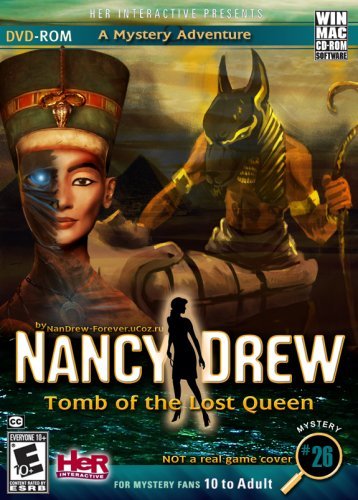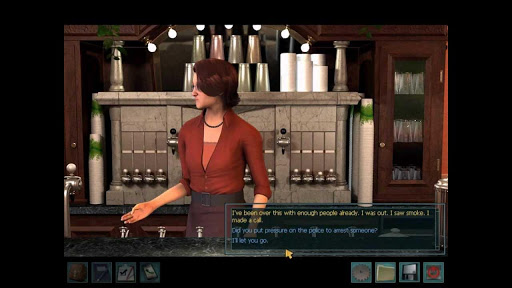

Her Interactive, however, figured the best way to find out what girls wanted was to just ask girls.

They’re such an enigma that most of these articles seem to simply shrug a “we’ll never know!” attitude that ends up focusing on the same set of big-name games and studios. You can almost hear the handwringing when the writers ask “What do girls want?” In these stories, young women come across as deeply mysterious, almost unknowable creatures. Her Interactive’s archives contain an array of news clippings about the state of game development in the late 1990s. Our current conversations about gender and gaming are nothing new. The Her Interactive archives offer a window into some of the strategies that have made this series so successful. Debuting in 1998, these games consistently make the bestseller lists when they’re released. Nancy Drew games rarely make it into cultural narratives about gaming, despite the games’ popularity and longevity. Her Interactive is the company behind the Nancy Drew games: interactive mysteries in which the player takes on the role of the famous teen super sleuth and solves complex crimes. Or so the story goes.ĭigging into The Strong’s Her Interactive archives provides another perspective on the story of games and girls, as well as games for girls. And if they do, they don’t play “real” games. They explain that women face a lot of pushback and find themselves viewed as unwelcome visitors in spaces stereotyped as “for the guys.” Along the way, the nature of video games themselves comes under scrutiny-characterized as hyper-masculine, violent, and sexist. The New York Times, Rolling Stone, and the Colbert Report, for instance, have drawn attention to what it can be like for women in gaming communities.

Recently, debates about women and video games have been making the rounds.


 0 kommentar(er)
0 kommentar(er)
